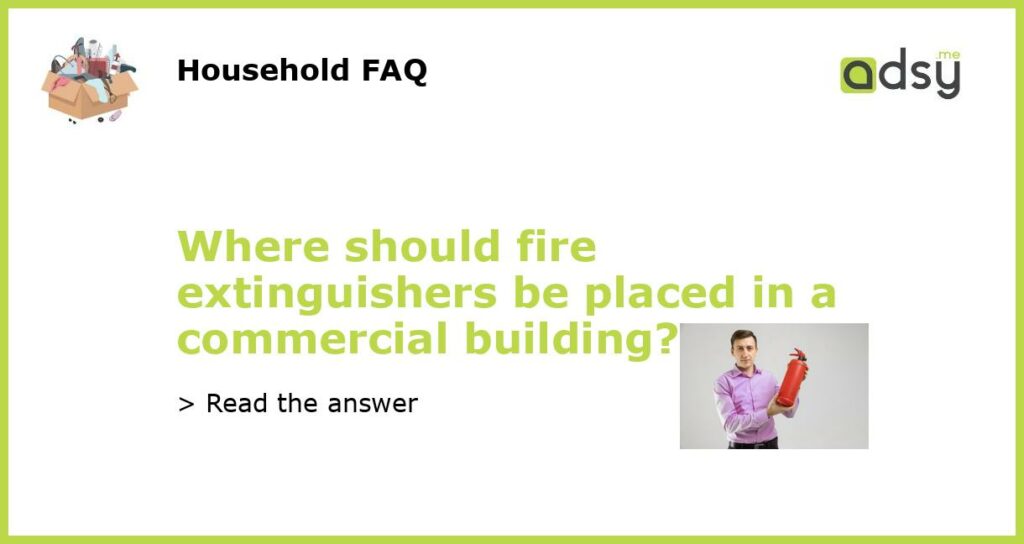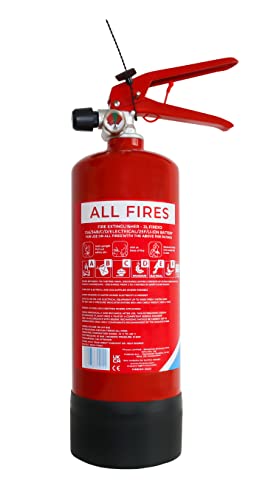Understanding Fire Safety Regulations for Commercial Buildings
When it comes to fire safety regulations in commercial buildings, it is essential to understand the requirements for fire extinguisher placement. The National Fire Protection Association (NFPA) has codes and standards in place that help ensure the safety of occupants in case of a fire.
Identifying the Types of Fire Extinguishers
Before placing fire extinguishers in your commercial building, it is crucial to identify the types of fire extinguishers required based on the hazards present. For instance, class A fires, which involve solid combustibles like wood and paper, require a Class A fire extinguisher. Similarly, Class B fires, involving flammable liquids like gasoline, necessitate Class B fire extinguishers. Also, Class C fires, which involve energized electrical equipment, require Class C fire extinguishers, and so on. Therefore, having a fire risk assessment that identifies different fire hazards is essential in selecting the right types of fire extinguishers and placement.
Optimizing Fire Extinguisher Placement
When it comes to fire extinguisher placement in commercial buildings, several factors are to be considered. Fire extinguishers should be easily accessible within a thirty-second walk and unobstructed from any other objects. They must be placed in a visible and prominent location and at a height that is easily reachable by the occupants. Fire extinguishers should also be placed close to the hazards they are intended to control. For instance, a Class K fire extinguisher meant for commercial kitchens should be placed within ten feet of the cooking equipment, while a Class A fire extinguisher should be placed on every floor and near every exit door.
Maintaining Fire Extinguishers
Regular maintenance and inspection of fire extinguishers are essential to ensure that they are ready for use in case of an emergency. The NFPA mandates that fire extinguishers should be inspected annually and undergo a more comprehensive inspection every five years. The inspections should cover aspects like pressure, leaks, and accessibility. Additionally, the fire extinguishers must always be visible, unobstructed, and adequately tagged.
In summary, fire safety in commercial buildings is a critical aspect of protecting the occupants, and placing fire extinguishers plays a vital role in this regard. It is essential to understand the different types of fire extinguishers, optimal placement locations, and proper maintenance and inspection to ensure their readiness in case of a fire-related emergency. Consult with a fire safety expert to assess and ensure that your fire extinguishers comply with all regulations and standards.






